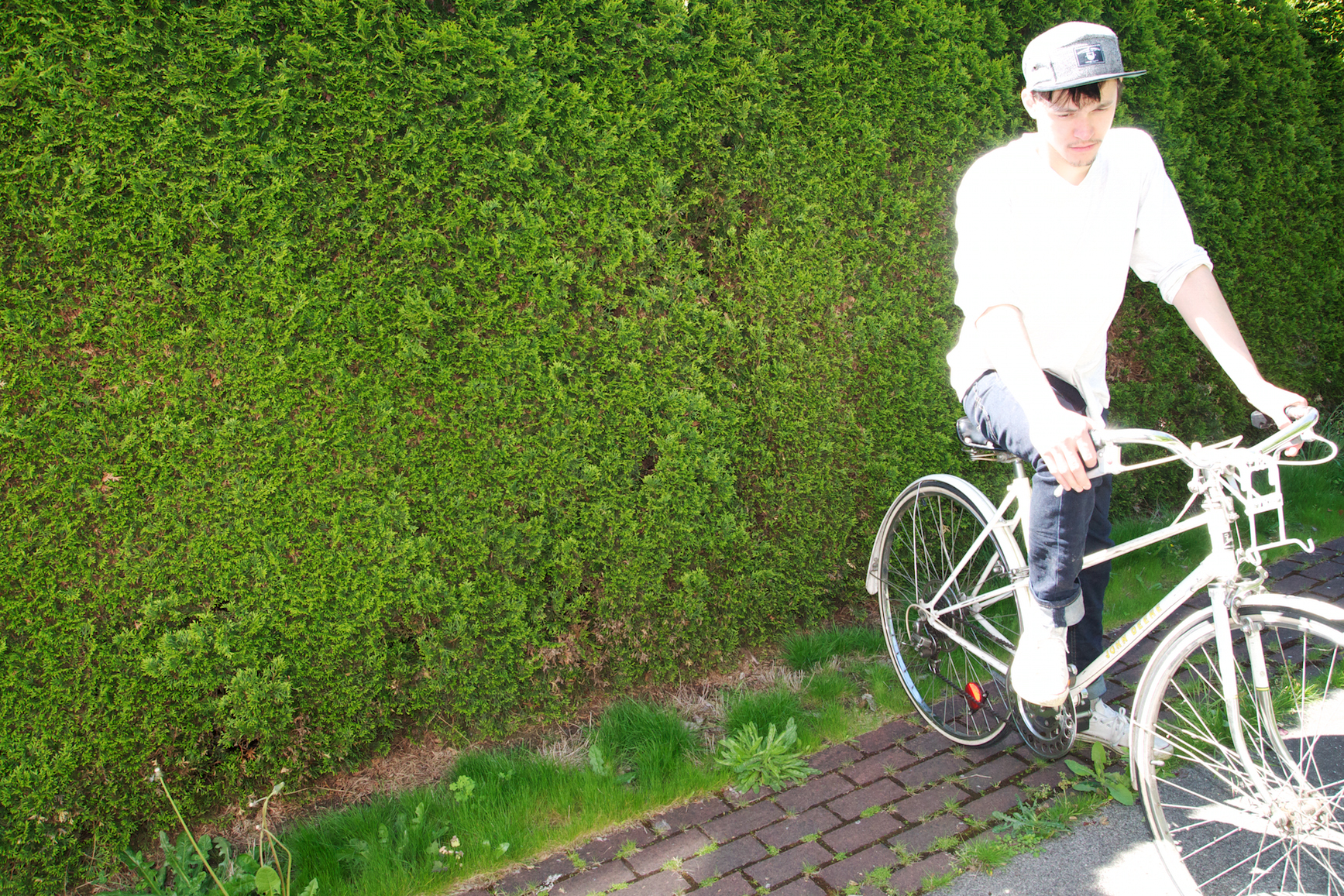Adam Sorensen’s APEX is a must-see exhibit running at the Portland Art Museum through Jan. 1, leaving more than enough time to absorb the collection’s vast excursion into the emotional depth of both light and dark. The six-painting showcase will evoke endless hours of thought, contemplation and speculation.
Portland Art Museum presents APEX: Adam Sorensen
Adam Sorensen’s APEX is a must-see exhibit running at the Portland Art Museum through Jan. 1, leaving more than enough time to absorb the collection’s vast excursion into the emotional depth of both light and dark. The six-painting showcase will evoke endless hours of thought, contemplation and speculation.

The largest of the paintings is “Tabernacle,” which was featured as the cover art for the Sept. 14 issue of Willamette Week. Sorensen engages the viewer in a journey of stylized colors, lines and shapes; what appears to be a mountainside, a gorge or possibly a coastal region is wrought with color and harmony.
Water is visible in each one of these paintings and is illustrated differently in each work, sometimes flowing, sometimes still, sometimes raging, as it appears in nature.
Some interestingly highlighted rock formations in the center of Tabernacle deliver fragments of Sorensen’s message. We see subtle hints of reality creeping in from the top right corners with some brilliantly executed clouds of deep red and brown. Could this be an illustration of the toxic chemicals we continually release into the atmosphere?
Sorensen’s inspirations are the Japanese woodcut masters of the 18th and 19th centuries, particularly Utagawa Hiroshige and Katsushika Hokusai. The water, mountains, stones and trees are fused with neon laser-like colors, day-glow highlights and a space station-esque brightness, giving a futuristic twist to the style for a more pop culture feeling.
Sorensen seems to capture humanity’s feud with earth’s natural elements, the degradation of our environment and the fear that inhabitants of the earth will eventually kill themselves off through pollution, the overharvesting of natural resources and an unwillingness to save the planet we call home.
This collection is a huge contrast to Sorensen’s previous works in which he commented on various subjects including the war-torn Middle East.
Sorensen is a Chicago-born artist with degrees from a wide variety of institutions including the Studio Arts Center International of Florence, Italy, and the School of Art and Design at Alfred University in New York. He also held a residency in 1999 as an artist and glass blower at Westfalisches Industriemuseum, Glashutte, Germheim, Germany.



